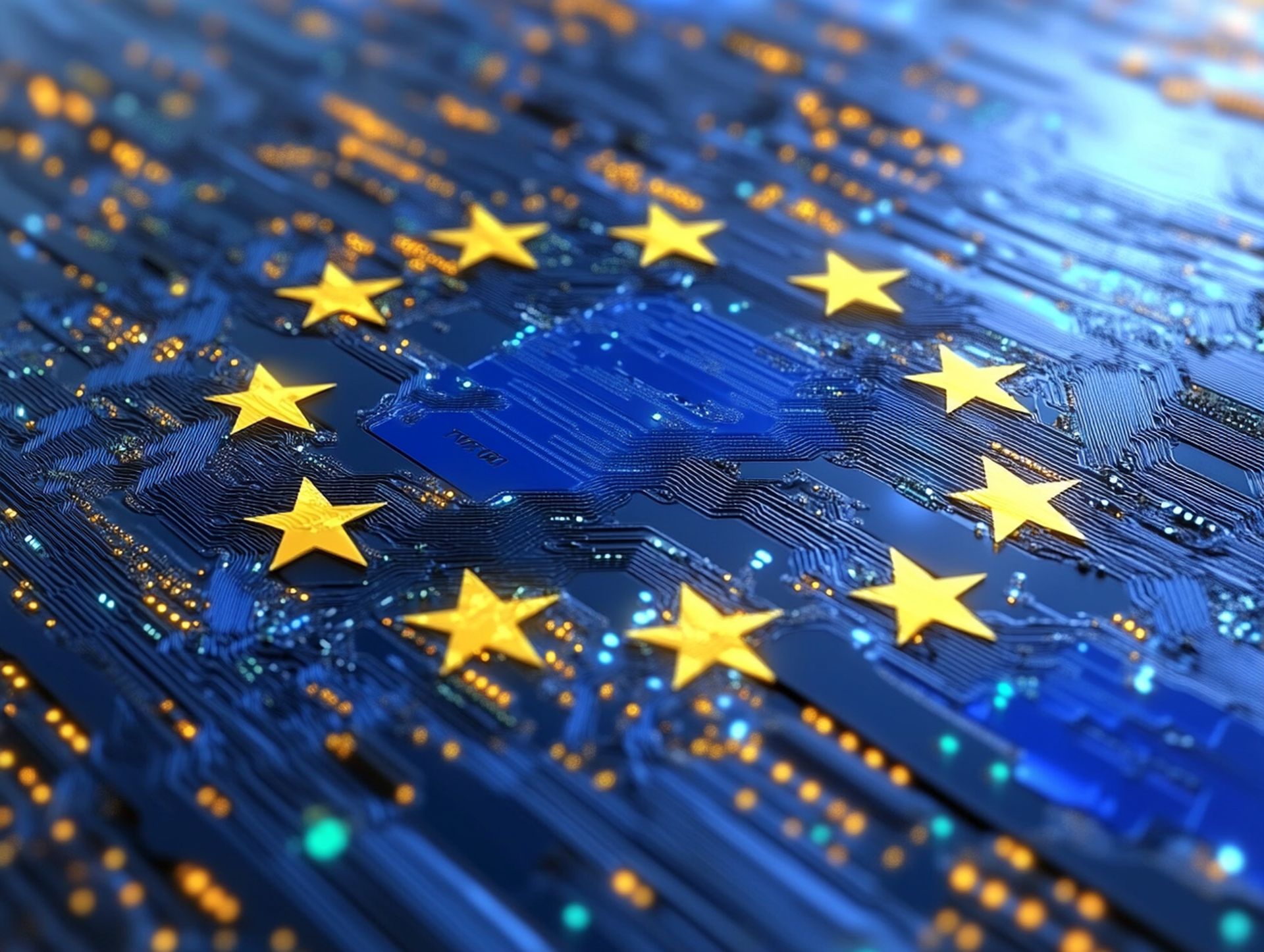How artificial intelligence perceives the world?
31 Oca 2023
3 dk okuma süresi
Machine perception is a computer's ability to take in and process sensory information, like how humans perceive the world. It could use sensors that mimic common human senses — sight, sound, touch, and taste — and take in information in ways humans cannot.
Sensing and processing information by a machine typically necessitates using specialized hardware and software. It is a multi-step process to translate raw data into the overall scan and detailed focus selection by which humans (and animals) perceive their world.
Many artificial intelligence (AI) sensory models start with perception as the first stage. The algorithms transform the data gathered from the outside world into a raw model of what is perceived. The next stage is to develop a more comprehensive understanding of the perceived world, sometimes called cognition. Then comes strategizing and deciding how to proceed.
What is machine perception?
In theory, machine perception is any direct, computer-based gathering of information from the outside world. Many areas considered hard to develop good machine perception are those where humans excel but are difficult to encode as simple rules. Human handwriting, for example, frequently varies from word to word. Humans can detect patterns but teaching a computer to recognize letters accurately is more difficult due to many minor variations.
Understanding printed text can be difficult due to the various fonts and subtle variations in printing. Programming the computer to think about larger questions, such as the basic shape of the letter, and adapting if the font stretches some of the aspects, is required for optical character recognition.
Some machine perception researchers want to create computer attachments that can begin to replicate how humans perceive the world. Some are developing electronic noses and tongues that attempt to mimic or even duplicate the chemical reactions that the human brain interprets.
Sometimes the goal is not to train machines to think exactly like humans but to think similarly. Medical diagnosis algorithms provide better results than humans because computers can access more precise images or data than humans can perceive. The goal is not to train AI algorithms to think exactly like humans but to provide useful insights into a disease that can aid human doctors and nurses. It is acceptable, and sometimes even preferable, for machines to perceive differently than humans.
Some machine perception researchers attempt to simulate how humans can lock on to specific sounds. For example, the human brain can often track specific conversations in a noisy environment. Filtering out background noise is difficult for computers because it requires identifying the important features in a sea of noise.
Which human senses are best modeled by machines?
Computers rely on various sensors to connect with the outside world, but they all behave differently than human organs that sense the same things. Some are more precise than others and can capture environmental information. Others aren't as precise.
Because of sophisticated cameras and optical lenses that can gather more light, machine vision may be the most powerful sense of computers. While many of these cameras are designed to mimic how the human eye perceives color, special cameras can detect a wider range of colors, including some that the human eye cannot see. Infrared sensors, for example, are frequently used to detect heat leaks in homes.
Cameras are also more sensitive to subtle changes in light intensity so computers can detect subtle changes better than humans. Cameras, for example, can detect the subtle flush caused by blood rushing through facial capillaries and thus track a person's heartbeat.
The next most successful type of machine perception is often sound. Microphones are small and frequently more sensitive than human ears, particularly older human ears. They can detect frequencies that humans cannot, allowing computers to hear events and track sounds that humans cannot. Microphones can also be arranged in arrays, with the computer tracking multiple microphones simultaneously, allowing it to estimate the source's location more efficiently than humans. Arrays of three or more microphones can provide more accurate estimates than humans with only two ears.
Computers can detect touch, but only in limited circumstances. Phone and laptop touchscreens and touchpads can be extremely precise. They are capable of detecting multiple fingers as well as small movements. Developers have also worked to enable these sensors to detect differences in touch length, allowing actions such as a long touch or a short tap to have different meanings.
Machine perception researchers less frequently address smell and taste. Only some sensors attempt to mimic these human senses, possibly because they are based on such complex chemistry. Researchers in some labs, however, have been able to break down the processes into small enough steps that some artificial intelligence algorithms can begin to smell or taste.
İlgili Postlar
Technical Support
444 5 INV
444 5 468
info@innova.com.tr









